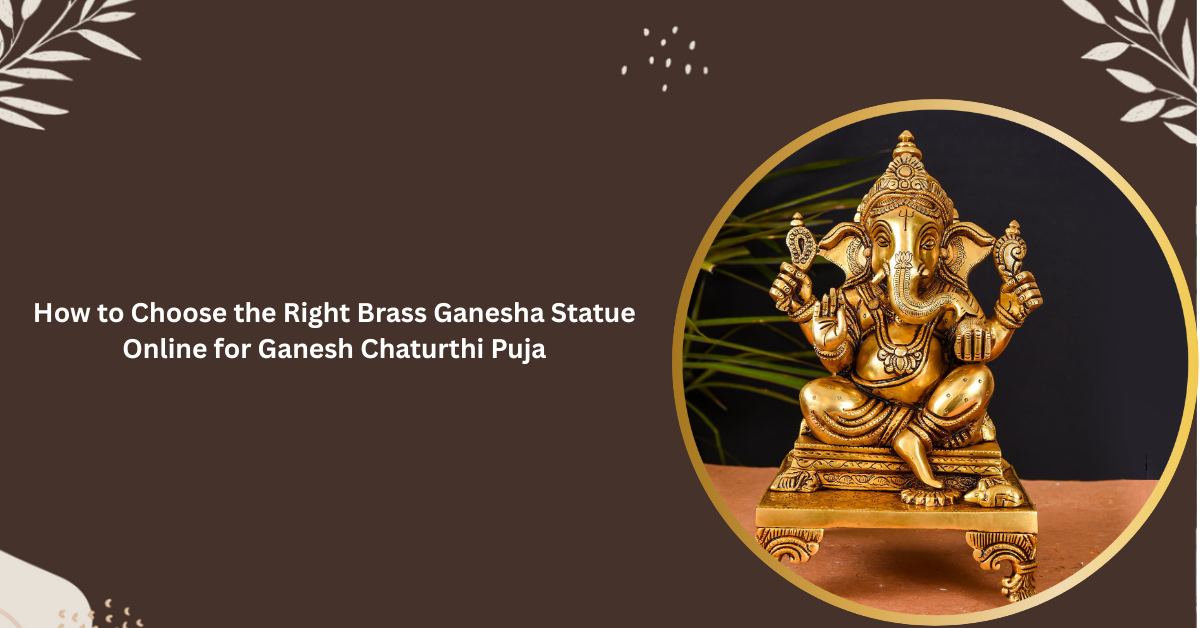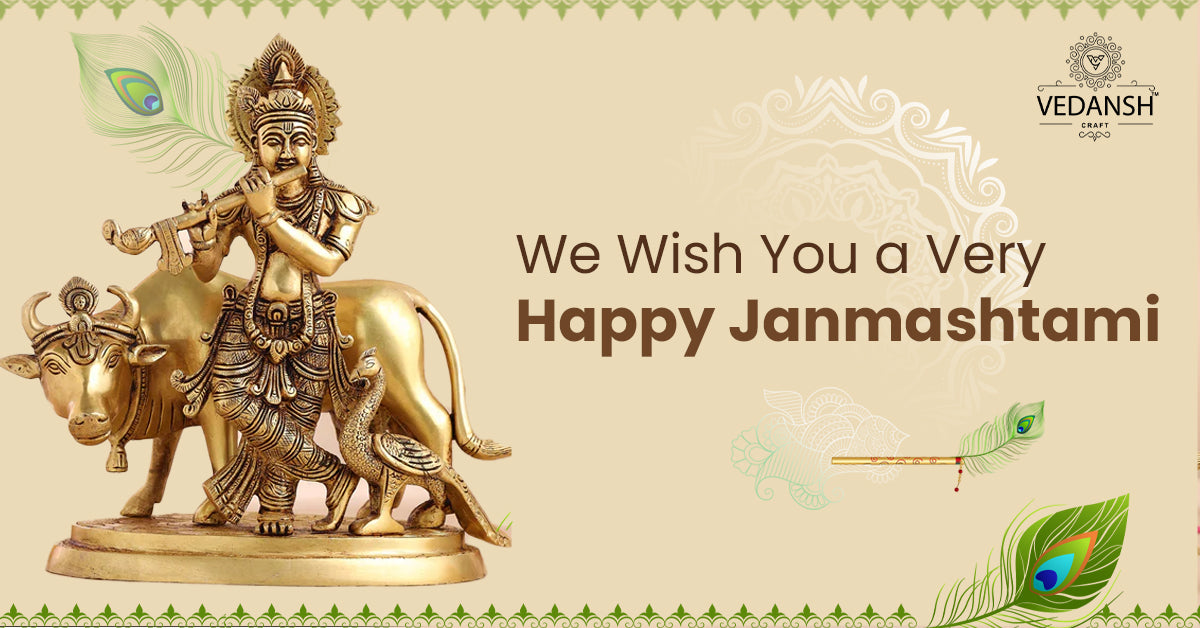

10 Famous Hanuman Temples in India
, by javed techqart, 10 min reading time
One of Hinduism's most respected gods is Hanuman, or Bajrangbali. Hanuman played a significant role in the epic Ramayana. He is revered as the personification of steadfast loyalty, strength, and devotion. The most devoted follower of Lord Rama is regarded as being Hanuman. His selfless service and undying devotion make him an inspiration for millions of Hindus.
Hanuman temples hold immense importance in the religious and cultural landscape of India. These temples are not just places of worship but also serve as centers for spiritual solace, cultural celebration, and community bonding. Devotees flock to Hanuman temples to seek blessings, strength, and protection from life's challenges. Hanuman's popularity extends beyond religious boundaries, making these temples a unifying force in India's diverse society.
The Legend of Hanuman
Hanuman's origin is rooted in the Indian epic, Ramayana. Hanuman was born to Anjana and Kesari, who were both monkeys. He possessed incredible physical strength, agility, and the ability to change his form. Hanuman's story is intertwined with the divine mission of Lord Rama. He played a pivotal role in rescuing Rama's wife, Sita, from the demon king Ravana in Lanka. His unwavering loyalty and selflessness in serving Lord Rama make him a beloved figure in Hindu mythology.
Hanuman's devotion to Lord Rama is legendary. He considered Rama his divine master. He dedicated his entire life to serving him. Hanuman's significance transcends religious boundaries, as Hindus and followers of other faiths revere him. He embodies courage, humility, and dedication, which people from all walks of life admire. His worship is believed to bring protection from evil forces, healing from illnesses, and strength to overcome life's obstacles. Hanuman is often invoked in times of crisis, and his chanting, as in the Hanuman Chalisa, is a common spiritual practice among millions.
10 Famous Hanuman Temples
Temple 1: Shri Hanuman Mandir, Connaught Place, Delhi
Shri Hanuman Mandir in Connaught Place, Delhi, is a historic temple built in 1724. It boasts exquisite Nagara-style architecture with intricate carvings and a prominent Hanuman idol. The temple has withstood the test of time and witnessed significant events in Delhi's history.
This temple is famous for its continuous 24-hour chanting of the Hanuman Chalisa. Tuesdays and Saturdays are considered auspicious days to visit. The best time to experience the temple's vibrant atmosphere is during Hanuman Jayanti, the celebration of Hanuman's birth, which falls in March or April.

Temple 2: Sankat Mochan Hanuman Temple, Varanasi, Uttar Pradesh
Sankat Mochan Hanuman Temple in Varanasi is an ancient temple dedicated to Lord Hanuman. It is believed to have been founded by the revered saint Tulsidas, author of the Ramcharitmanas. The temple holds a significant place in the spiritual landscape of Varanasi.
Devotees believe visiting this temple and offering prayers to Lord Hanuman can help alleviate various troubles and difficulties, hence the name "Sankat Mochan," which means "dispeller of troubles." The temple is particularly crowded on Tuesdays and Saturdays. The temple hosts elaborate celebrations during Hanuman Jayanti and other significant festivals. It is known for its enchanting aarti ceremonies and for distributing Hanuman's beloved "besan laddoos" as prasad.

Temple 3: Salasar Balaji Temple, Salasar, Rajasthan
The Salasar Balaji Temple is renowned for its unique idol of Hanuman. Devotees come from far and wide to seek the blessings of "Balaji," a manifestation of Hanuman. The legend surrounding the temple's origin is captivating, with stories of the miraculous appearance of the idol.
The temple witnesses a steady stream of pilgrims throughout the year, with Tuesdays and Saturdays being the busiest days. Devotees offer coconut and "churma" (a sweet dish) to seek the deity's blessings. Many devotees share their experiences of miraculous healings and solutions to their problems after visiting Salasar Balaji Temple. The temple's aura of divine grace and faith is palpable.

Temple 4: Hampi Hanuman Temple, Karnataka
The Hampi Hanuman Temple is nestled amidst the stunning ruins of Hampi, a UNESCO World Heritage Site. It is believed to be one of the oldest Hanuman temples in India.
The temple's architecture showcases the exquisite Vijayanagara style. It has intricately carved pillars and a serene ambiance. The temple offers breathtaking views of the surrounding landscape. The temple's location in the ancient city of Vijayanagara adds to its historical importance. It is a testament to the enduring presence of Hanuman's worship across different eras and dynasties.

Temple 5: Mehandipur Balaji Temple, Rajasthan
Mehandipur Balaji Temple is renowned for its unique rituals involving exorcism and healing. Devotees believe the deity possesses the power to cure mental illnesses and remove evil spirits.
Many visitors share stories of their supernatural experiences and recoveries after seeking the blessings of Lord Balaji. The temple's priests perform rituals using neem leaves, red chilies, and holy water. Mehandipur Balaji Temple is crucial in providing solace and hope to those suffering from mental health issues and spiritual disturbances. It draws a diverse range of devotees seeking relief and healing.

Temple 6: Namakkal Anjaneyar Temple, Tamil Nadu
The Namakkal Anjaneyar Temple is famous for its colossal Hanuman statue carved out of a single stone, standing at an impressive 18 feet. The temple's Dravidian-style architecture adds to its grandeur.
This temple holds a special place in Tamil Nadu's religious landscape and is associated with local traditions and customs. Devotees from across the state visit to seek Hanuman's blessings. The temple comes alive during Hanuman Jayanti and other major festivals with elaborate processions, special pujas, and cultural events.

Temple 7: Kashi Vishwanath Hanuman Temple, Varanasi, Uttar Pradesh
Situated in the sacred city of Varanasi, the Kashi Vishwanath Hanuman Temple is intricately linked with the spiritual fabric of the city. It stands near the revered Kashi Vishwanath Temple.
The temple exudes a serene and spiritual aura, attracting both pilgrims and tourists. Devotees come here to seek blessings from Lord Hanuman before visiting the Kashi Vishwanath Temple. The temple conducts regular rituals and aartis, with Tuesdays being the most auspicious day to visit. Devotees offer "laddoos" and "sindoor" (vermilion) to Hanuman as a token of their devotion.
Temple 8: Shri Hanuman Temple, Jamnagar, Gujarat
The Shri Hanuman Temple in Jamnagar is known for its role in the city's cultural and religious heritage. It is believed to have been established by the erstwhile ruler Maharaja Jam Rawal.
The temple holds a special place in the hearts of the local community. Many devotees recount their experiences receiving divine blessings and solutions to their problems after visiting this temple. Efforts are made by the government to preserve the temple's architecture and historical significance.

Temple 9: Chitrakoot Hanuman Dhara, Chitrakoot, Madhya Pradesh
Chitrakoot Hanuman Dhara is situated in the picturesque town of Chitrakoot, which is believed to be the place where Lord Rama, Sita, and Lakshmana spent a significant part of their exile. The temple offers breathtaking views of the Chitrakoot Falls.
Apart from its religious importance, the temple allows visitors to connect with nature through the serene surroundings, lush greenery, and stunning waterfall. It is a place for spiritual reflection and rejuvenation. Devotees and tourists often share their spiritual experiences, feeling a deep sense of peace and divine presence when visiting Chitrakoot Hanuman Dhara.

Temple 10: Hanuman Temple, Shimla, Himachal Pradesh
The Hanuman Temple in Shimla is located in the lush greenery of the Himalayan foothills. Its unique architecture and surroundings make it a delightful place for worship.
The temple holds a special place in the hearts of the local community. It is a popular destination for both tourists and pilgrims. The Hanuman Temple in Shimla adds to the city's tourism appeal. Visitors seek blessings and enjoy the panoramic views of the surrounding hills and valleys.
Importance of Hanuman in Hinduism
Lord Hanuman's unwavering devotion, strength, and humility make him a revered figure in Hinduism. His stories and teachings inspire millions, transcending religious and cultural boundaries. Hanuman's legacy continues to thrive through the worship and devotion of millions. These temples serve as beacons of faith, offering solace, strength, and spiritual enlightenment to all who seek it.
Tags
Blog posts




